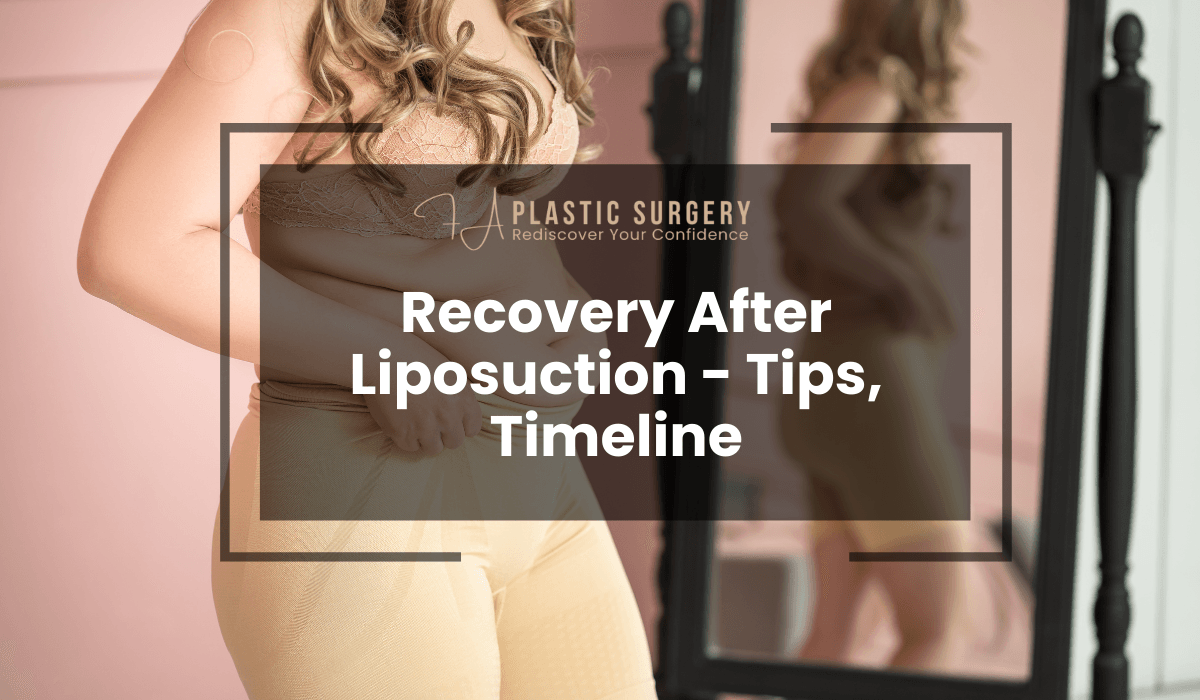Table of Contents
Understanding the Liposuction Recovery Process: What to Expect
Liposuction is a transformative procedure that can help sculpt and contour your body, but the recovery process plays a crucial role in achieving optimal results. Understanding what to expect during this time will help you prepare both physically and mentally for the journey ahead.
Immediately after liposuction, it’s normal to experience swelling, bruising, and some discomfort. These symptoms are temporary and part of your body’s natural healing response. Compression garments are often recommended to reduce swelling and provide support to the treated areas. You may also notice fluid drainage from small incisions; this is completely normal and typically subsides within a few days.
The recovery timeline varies depending on factors such as the extent of the procedure, your overall health, and how well you adhere to post-operative care instructions. While many patients return to light activities within a week, full recovery may take several weeks or even months. By staying informed about each stage of healing, you can ensure a smoother recovery process and achieve the best possible outcome from your liposuction procedure.
The Essential Post-Liposuction Timeline: Week-by-Week Healing Guide
A clear understanding of the week-by-week healing process after liposuction helps set realistic expectations for recovery.
Week One
During the first week, you’ll likely experience swelling, bruising, and mild discomfort. Rest is critical during this period. Avoid strenuous activities and focus on wearing your compression garment as instructed by your surgeon.
Weeks Two to Three
Swelling begins to subside gradually during these weeks. Light activities can be resumed, but avoid heavy lifting or exercise that could strain the treated areas. Any residual bruising should start fading as well.
Weeks Four to Six
By this stage, most patients feel more comfortable returning to their regular routines. Swelling continues to decrease significantly, revealing initial results of the procedure. However, patience is key as complete healing takes time.
Beyond Six Weeks
Your final results will begin to show after six weeks or more once all swelling has resolved. Continue following your surgeon’s advice for maintaining results through proper care and lifestyle changes.
Tips for Managing Swelling and Bruising After Liposuction
Swelling and bruising are common side effects of liposuction but can be effectively managed with proper care:
- Wear Compression Garments: These garments help reduce swelling by applying gentle pressure while supporting the treated areas.
- Avoid Salt: Reducing sodium intake prevents water retention that can exacerbate swelling.
- Stay Active (Gently): Light walking promotes blood circulation without putting stress on your body.
- Elevate Treated Areas: Elevation reduces fluid buildup in swollen regions.
- Avoid Smoking: Smoking impairs circulation and slows down healing processes.
If swelling persists or worsens beyond expectations, consult your surgeon promptly for guidance tailored to your needs.
How To Care For Your Body After Liposuctions
Frequently Asked Questions About Liposuction Recovery
How long does it take to recover from liposuction?
The recovery timeline varies depending on the extent of the procedure and individual factors. Most patients can return to light activities within a week, but full recovery may take several weeks to months. Swelling usually subsides significantly after six weeks, with final results visible once all swelling resolves.
Is swelling and bruising normal after liposuction?
Yes, swelling and bruising are common side effects of liposuction. These are part of your body’s natural healing process and typically improve over time. Wearing compression garments, reducing sodium intake, and staying gently active can help manage these symptoms effectively.
What activities should I avoid during recovery?
During the initial stages of recovery, avoid strenuous activities such as heavy lifting, intense exercise, or any activity that could strain the treated areas. Light walking is encouraged to promote blood circulation. Always follow your surgeon’s advice regarding activity restrictions.
When can I stop wearing compression garments?
Your surgeon will provide specific instructions tailored to your procedure, but most patients are advised to wear compression garments for several weeks post-surgery. This helps reduce swelling and supports proper healing in the treated areas.
What should I do if my swelling doesn’t go down?
If swelling persists or worsens beyond what’s expected during recovery, contact your surgeon promptly. They can evaluate your condition and provide personalized guidance to ensure proper healing.

